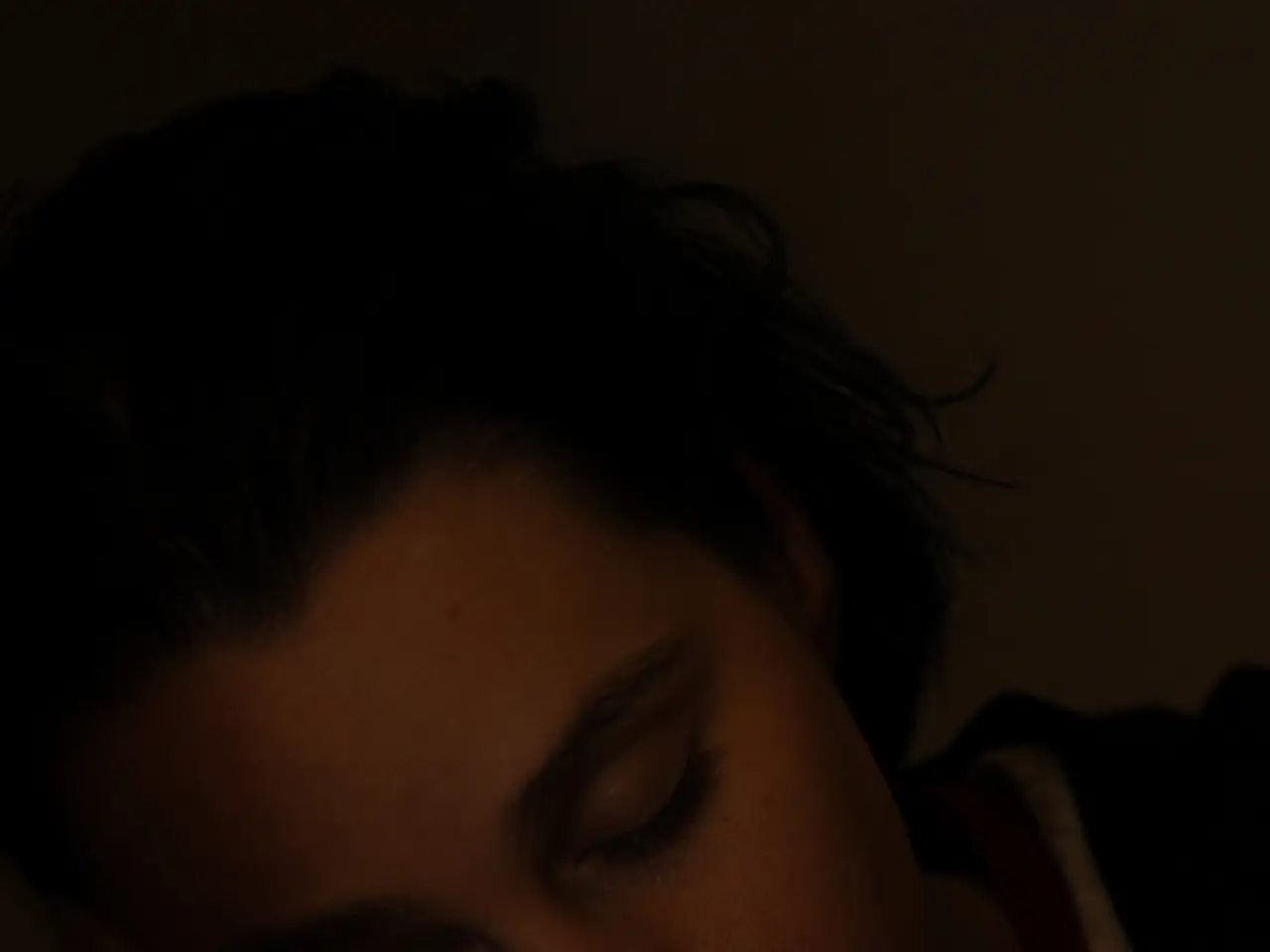Narcolepsy Mechanisms: Detailing the Internal Workings
Narcolepsy is a chronic sleep disorder that affects approximately 1 in 2,000 Americans, and experts believe it may be underdiagnosed or misdiagnosed in many people. This condition is characterised by excessive daytime sleepiness and sudden sleep episodes during the daytime, often despite having at least six hours of sleep.
Narcolepsy type 1 (NT1) is believed to be caused by an autoimmune mechanism in which the immune system mistakenly attacks and destroys neurons that produce orexin, a neuropeptide crucial for regulating wakefulness and sleep stability. This autoimmune process leads to a severe orexin deficiency or absence, causing the sleep-wake instability and symptoms characteristic of NT1.
The targeted destruction of orexin-producing neurons in the hypothalamus by an aberrant immune response is the key specific of this autoimmune mechanism. Genetic factors are implicated since over 85% of NT1 patients with cataplexy carry the HLA allele DQB1*0602, suggesting a predisposition for autoimmune recognition. The loss of orexin neurons results in the clinical symptoms of NT1, such as sleep paralysis, hypnagogic hallucinations, and cataplexy.
During typical wakefulness, the neurotransmitter hypocretin (orexin) increases the activity of the reticular activating system (RAS), which controls sleep and arousal states. In NT1, the RAS no longer stimulates the release of wake-promoting neurotransmitters and inconsistently suppresses the ventrolateral preoptic area (VLCO), leading to excessive daytime sleepiness.
In contrast, the causes of narcolepsy type 2 are less understood, but they may be associated with a loss of hypocretin or secondary to damage in the brain area that produces hypocretin. People with narcolepsy type 2 do not experience cataplexy, but about one-quarter to one-fourth of those with unknown hypocretin levels are likely to develop cataplexy over time.
A doctor will likely require a person to get at least six hours of sleep daily for at least two weeks, wear an actigraph, and keep a sleep log before conducting tests like the polysomnogram (PSG), multiple sleep latency test (MSLT), and cerebrospinal fluid analysis to confirm the diagnosis. Sodium oxybate is a medication used to treat cataplexy in narcolepsy, and selective serotonin reuptake inhibitors (SSRIs) or serotonin and norepinephrine reuptake inhibitors (SNRIs) may help manage symptoms of sleep paralysis, hypnagogic hallucinations, and cataplexy.
Modafinil or armodafinil are first-line treatment options for excessive daytime sleepiness (EDS) in narcolepsy, while amphetamines are the second-line treatment. It is important for anyone experiencing persistent excessive daytime sleepiness and very strong urges to sleep throughout the day, despite having at least six hours of sleep, to consult a doctor.
In summary, the autoimmune hypothesis for narcolepsy type 1 centers on T-cell-mediated immune destruction of orexin-producing neurons triggered by genetic predisposition and environmental factors such as viral infections, resulting in orexin deficiency and the clinical symptoms of NT1. Further research is needed to fully understand the causes and treatments for narcolepsy type 2.
- Narcolepsy, a chronic sleep disorder, can cause sleep paralysis, a disturbing neurological condition where a person is unable to move or speak while falling asleep or waking up.
- Health and wellness professionals often advise individuals to seek help if they experience severe bouts of sleep paralysis, especially when coupled with other medical-conditions such as chronic diseases or neurological disorders.
- Science continues to explore the causes of chronic sleep disorders like narcolepsy, with one theory suggesting that sleep paralysis may be associated with abnormalities in the production of certain neurotransmitters like hypocretin (orexin).
- In the quest to find effective treatments for sleep disorders, recent advancements in health and wellness have led to the development of medications like sodium oxybate that help manage symptoms of narcolepsy, such as sleep paralysis and cataplexy.




